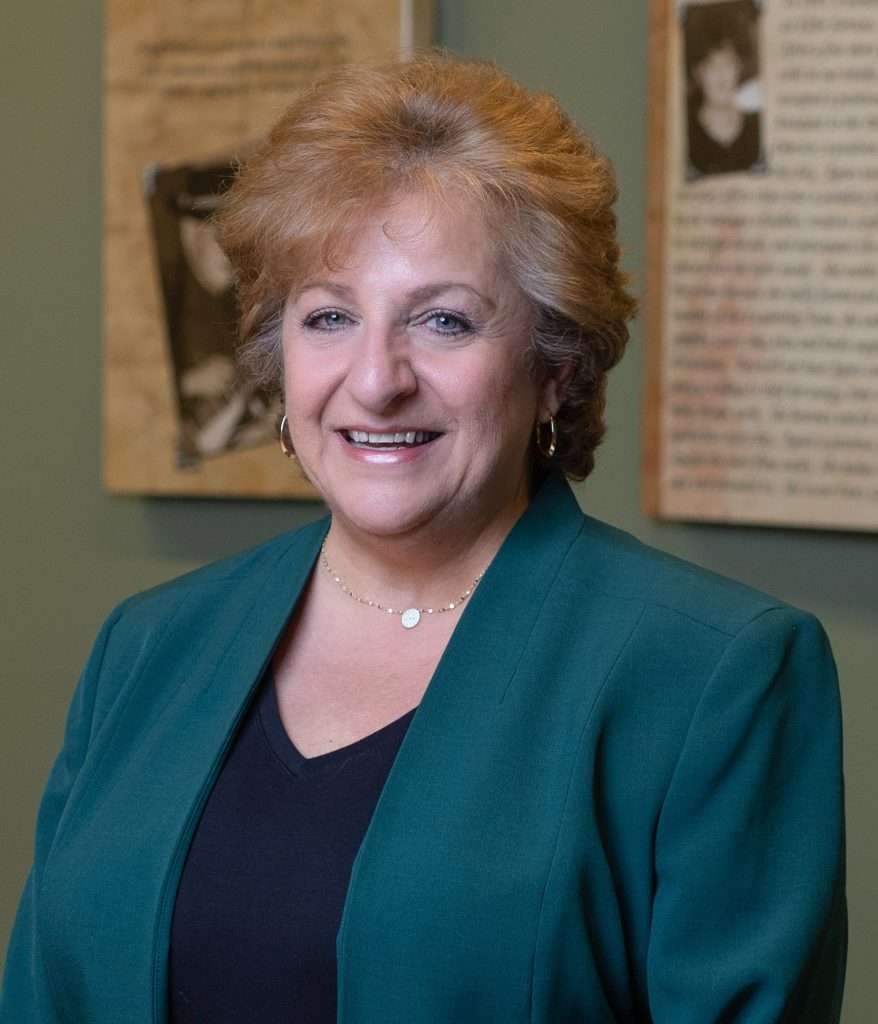
Hoarding is not about the stuff someone has in their home.
Hoarding behavior is a complex issue and more common than the public might think. The “stuff” is a result of underlying issues. A high percentage of people with hoarding behavior have underlying mental health issues such as depression, anxiety, and obsessive-compulsive disorder. Friends, neighbors, and family members are often more concerned about the clutter than the individual is.
Hoarding behavior typically presents three components: failure to get rid of items regardless of their value; living spaces so cluttered that using them becomes impossible; and an impairment of functioning because of this clutter.
Hoarding can affect people of all ages and severity isn’t linked to a specific age group. The perception that hoarding is more prevalent among older adults is a combination of the amount of time the behavior has gone untreated and increased reporting due to increased interactions with service providers as health and safety needs change with age.
We do not know what causes hoarding disorder. Those with the disorder commonly have one or more co-occurring psychiatric conditions, such as depression, attention deficit hyperactivity disorder, anxiety, and obsessive-compulsive disorder. Additionally, older adults may experience physical disabilities making it more difficult to do the necessary work.
Research indicates that between 2 to 6 percent of the population has Hoarding Disorder, although this estimate is likely low since most people with the disorder do not seek treatment.
Treatment for hoarding disorder requires a two-pronged approach: Mental health counseling, and the physical act of decluttering. Since Hoarding Disorder is a mental health issue, counseling must be included in treatment to create meaningful change. Individuals forced to clean and remove possessions they regard as treasures may only repeat the hoarding behavior. People must actively participate in cleaning their environment, helping to craft an action plan that fulfills achievable goals. This won’t happen overnight but will take time and support offered without judgment or resentment.
What services are available to help?
Our agency offers safe and non-judgmental support for individuals and families. We understand that there are different degrees of clutter. We address issues with chronic disorganization and excessive clutter as well as hoarding behavior and hoarding disorder.
Our virtual De-Clutterer’s Support groups lasting eight weeks start in March and are open to Massachusetts residents. There is no age restriction. The fee for the 8-week session is $250 which may be covered in part by your insurance or available grant funding. Groups help to end the isolation that people with hoarding behaviors and hoarding disorder experience.
We accept all types of referrals, including those from individuals, physicians, housing agencies, and other community partners. It is not a pre-requisite that a person has a diagnosis of hoarding disorder to receive services. We see varying levels of hoarding behaviors. Counseling and crisis case management are restricted to the AgeSpan catchment area.
Cognitive Behavior Therapy is the recommended psychological treatment for hoarding behavior. This treatment focuses on changing one’s beliefs about possessions, behavior modification, and skills development, like sorting and discarding. We always have an open discussion about progress and regression. It is important to expect regression and to support the momentum towards progress.
